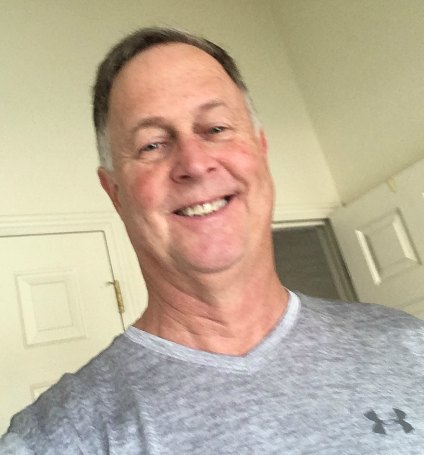Prescription Painkiller Epidemic (Continued)
Written by Jeff Rogers, Posted on
The Tide in the Fight Against Prescription Painkiller Addiction is Turning
The National Center for Disease Control and Prevention is all over this epidemic. They are working diligently in the following ways2:
- Equipping individual states necessary resources, improving their data collection, and supporting their use of evidence-based prevention strategies.
- Providing quality data and tracking trends to help national organizations to better understand the nature of the epidemic, and how they can best respond.
- Supporting healthcare providers and other health systems provide the best data, tools, and guidance toward making the best decisions for those they are working to help, especially in the area of opioid prescribing.
- Partnering with public safety representatives, including law enforcement, to brainstorm and put into practice strategies to stem the tide of opioid prescription misuse and illegal opioid trafficking.
- And encouraging educational organizations to raise public awareness and for media to help consumers to make safe choices when it comes to opioid prescription misuse.
You can read more about CDC’s role at https://www.cdc.gov/drugoverdose/prevention/cdc-role.html.
What More We All Need to Do to Put This Beast on the Ropes
The National Safety Council (NSC) is all about family and friends of the addicted getting the information they need to better help their loved ones. The marching orders the NSC lists include:3
- Researching how taking opioid painkillers to develop a tolerance to and dependence on this drug.
- Talking to your children about the dangers of taking drugs that are and are not prescribed.
- Learning how to properly monitor and dispose of prescription drugs.
- Finding how to all work together vigilantly as a safety net of family and friends.
- Learning what legal measures are being taken by authorities to combat misuse and overdose.
- Learning the truth about ibuprofen and acetaminophen when taken together.
- Getting the facts on the actual cost of worker compensation for prescription drug claims.
- Understanding that opioids delay healing while addicting.
Fight Plans Already Being Implemented Successfully in the Ring
In February 2016, President Barack Obama asked Congress to provide $1 billion to implement a program to treat people addicted to opioids. The most effective treatments for opioid and heroin use include: medicine (buprenorphine, methadone, naltrexone), education (how to manage this condition), and recovery support (family, housing, employment).3
Madison-Dane County, WI, launched a strategic effort to stop opioid abuse by enlisting help from law enforcement officials, opioid treatment professionals, family members, and first-responders, forming a parent-addiction network, setting up a MedDrop box for leftover medications, and launching a “Call 911” bus billboard displaying the question: “Would you let a friend die?4
Individuals like Tim Ryan and Angelee Murray go about sharing their own experiences and push for state and federal funding to pay for treatment centers. Ryan, from Illinois, is a former heroin addict who lost his job, his wife and his family before turning his life around. Murray co-founded Red Legacy Recovery in Tennessee and served as a panelist on a White House forum to tackle heroin and painkiller abuse.4
Virginia Senator Tim Kaine introduced a bill that would create federal guidelines for doctors to co-prescribe naloxone with other opioid prescriptions. Naloxone reverses an opioid overdose. Successful Naloxone distribution programs for opioid users and other laypeople across the country have saved more than 10,000 lives since 1996.4
The U.S. Department of Health and Human Services (HHS) is focusing its efforts in the following areas:
Improving access to treatment and recovery services.
- Promoting the use of overdose-reversing drugs.
- Strengthening our understanding of the epidemic through better public health surveillance.
- Providing support for cutting-edge research on pain and addiction.
- Advancing better practices for pain management.5
The National Institutes of Health (NIH), the nation's leading medical research agency helping solve the opioid crisis via discovering new and better ways to prevent opioid misuse, treat opioid use disorders and safely manage pain.5
- “Understanding the Epidemic,” Center for Disease Control and Prevention (CDC), 2018.
- “Prescription Opioid Data,” Center for Disease Control and Prevention (CDC), 2018.
- “How to Keep Your Loved Ones Alive, National Safety Council (NSC), 2018.
- “What’s Working in the Prescription Painkiller Epidemic,” National Safety Council (NSC), 2018.
- “Opioid Overdose Crisis,” National Institute on Drug Abuse (NIDA), 2018.
